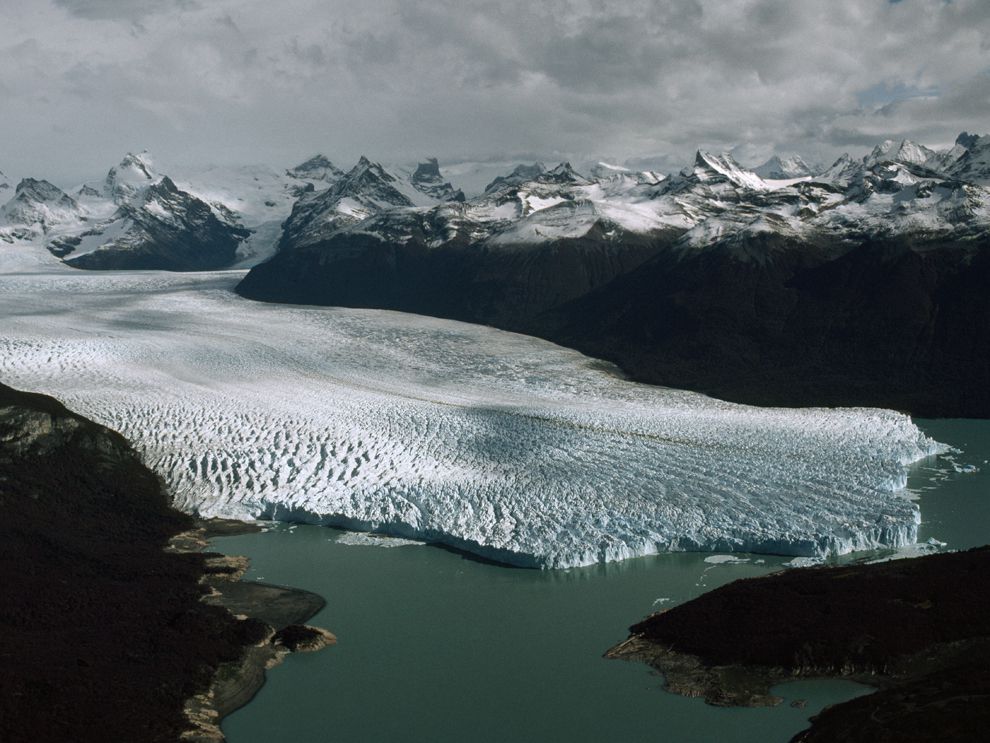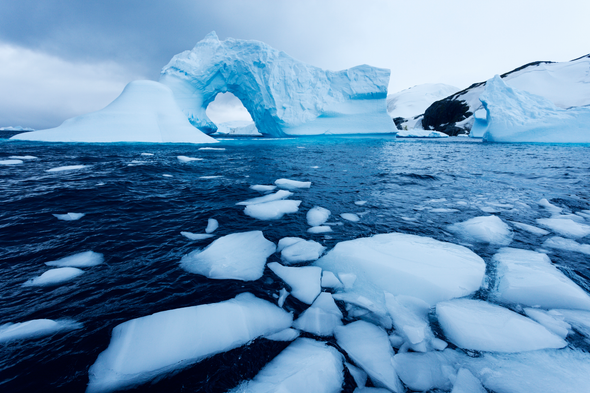GLACIERS
Glaciers
have been shaping our world for millions of years. But as climate change warms the
planet, glaciers are disappearing, not only altering the
landscapes they leave behind, but changing our oceans, weather, and
life on earth as we know it. A glacier is a huge mass of ice that moves
slowly over land. Glaciers can be classified into two general
groups alpine glaciers and ice sheets.
Alpine glaciers form on mountainsides and move downward through
valleys. Sometimes, they create valleys by pushing dirt, soil, and other
materials out of their way. These glaciers are found on every
continent except Australia. Ice sheets, unlike alpine glaciers, are
not limited to mountainous areas. They form broad domes and spread
out from their centers in all directions. As ice sheets spread, they
cover everything around them with a thick blanket of ice, including
valleys, plains, and even entire mountains. The largest ice sheets
are called continental glaciers.
They cover vast area including most of Antarctica and the island of
Greenland. Glaciers can form over years when more snow piles up and
melts. Soon after falling, the snow begins to become denser and more
tightly packed. When new snow falls and buries the previous years
snow, the bottom layer becomes even more compressed. The dense,
grainy ice that has survived one year's melt cycle is called
firn. When the ice grows thick enough, the firn grains fuse into a
huge mass called glacial ice.
Earth's average temperature has been increasing dramatically
for more than a century. Glaciers can act as indicators of global
warming and climate change in several ways. Melting ice sheets
contribute to rising sea levels. As ice sheets in Antarctica and Greenland
melt, they raise sea levels, adding fresh water to the ocean every
day. The loss of glacial ice also reduces the amount of fresh water
available for plants and animals on land. Large additions of fresh water
change the ocean ecosystem, as well ocean currents
Additionally, less
salt in the ocean could disturb the gulf stream, drastically
changing the weather on land as well. Since glaciers are so sensitive
to climate change, the increased speed of glacier melt is an early
warning system for the rest of the planet. And if global warming goes
unchecked, many, if not all, alpine glaciers could disappear completely.




Comments
Post a Comment